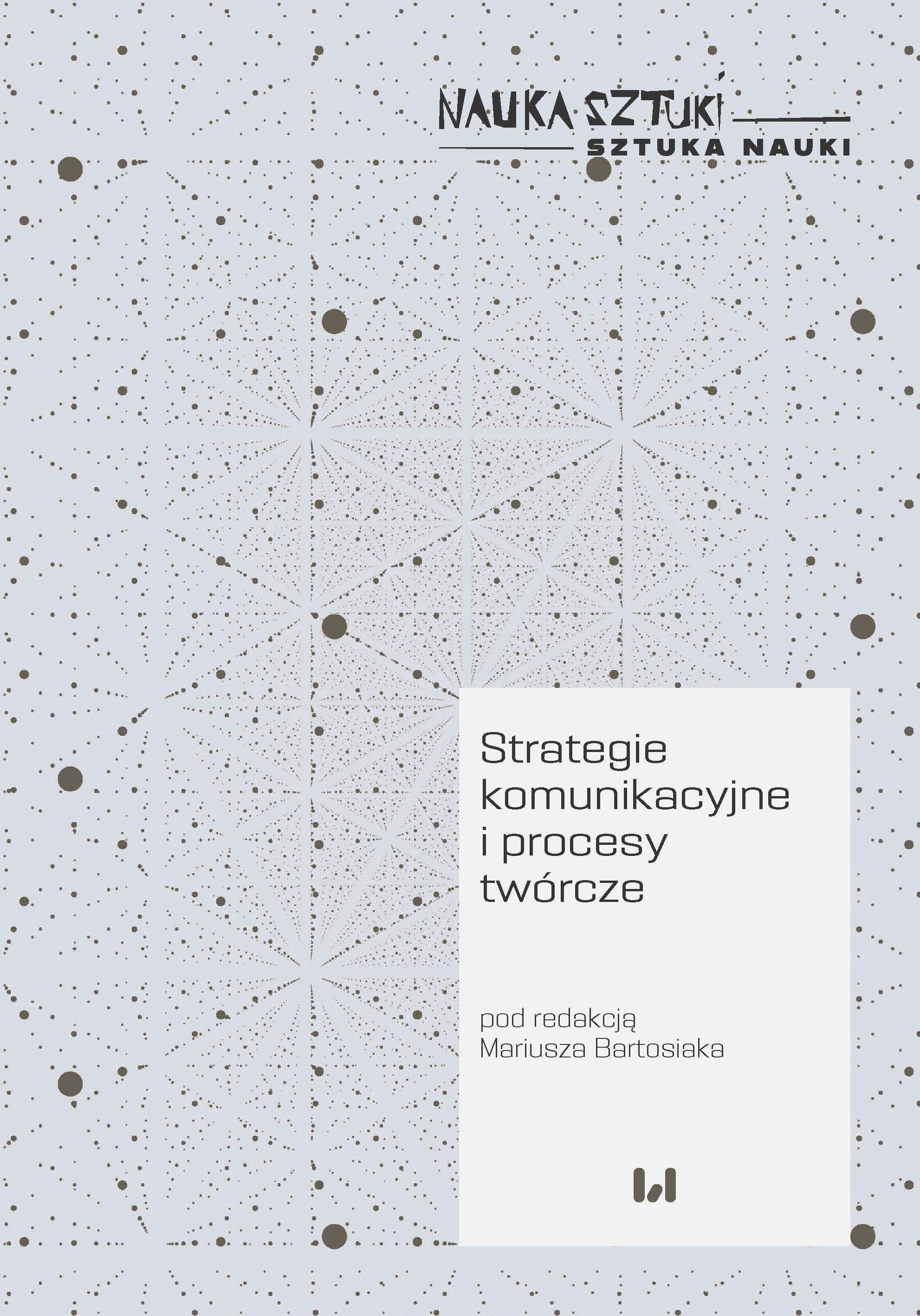Poetyka widzenia Joanny Ślósarskiej, teoria widzenia Władysława Strzemińskiego, teoria języka Ronalda W. Langackera
Joanna Ślósarska’s poetics of seeing, Władysław Strzemiński’s theory of vision and Ronald Langacker’s theory of language
Author(s): Elżbieta Tabakowska
Subject(s): Language and Literature Studies
Published by: Wydawnictwo Uniwersytetu Łódzkiego
Keywords: conceptualization; dimensions of imagery; perspective of moving vision; realism of the object; realism of the viewing process; subjectivity
Summary/Abstract: The paper deals with the relation between seeing a picture and talking about a picture. Selected poems by Joanna Ślósarska are juxtaposed with theses put forward by Władysław Strzemiński in his theory of vision and by Ronald Langacker’s in his cognitive theory of language and grammar. In the analytic part of the article, the author discusses fragments of Ślósarska’s poems and extracts from Strzeminski’s monograph on theory of vision and Langacker’s introduction to cognitive grammar. For Strzemiński, a “single look” of the painter, which implies not more than a single point of view, cannot objectively reflect the essence of an object, because this is impossible. The art of painting – like the art of language – describes the world not as it is but as it seems to be to an observing eye of a particular viewer in a particular context; it is determined by spatial, temporal, cultural and pragmatic parameters. Hence, realism of the object is a fiction: the object viewed is irrevocably determined by the subjective, phenomenological “human factor”. What brings Strzeminski’s theory of vision close to Langacker’s theory of language and the dimensions of imagery, which Langacker considers to be crucial as linguistic parameters that determine choices made by speakers in view of the nature of the images transmitted in communication: the perspective, the arrangement of figure and ground, the level of salience and the specification. When analysed in the context of cognitive grammar, Ślósarska’s poems become a bridge joining the theories of viewing as proposed by a painter and a linguist and reveal important analogies between the ways that the painter (and the viewer of the painting), a poet (and the reader of poetry) and the theorist of language look at their worlds.
Book: Strategie komunikacyjne i procesy twórcze
- Page Range: 10-20
- Page Count: 11
- Publication Year: 2022
- Language: Polish
- Content File-PDF

